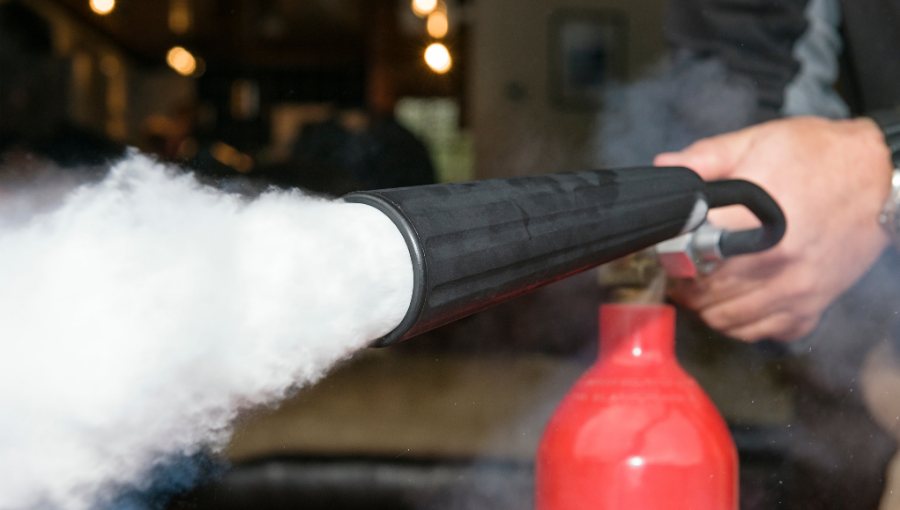HOME FIRE SAFETY
Did you know if a fire starts in your home you may have as little as two minutes to escape? When fire strikes, your early warnings from working smoke alarms and a practiced fire escape plan can save lives. These simple protocols can help keep your family and loved ones safe! Fill out our Home Safety Survey and check out how you can be prepared in the face of home fire danger.
Additional Information


